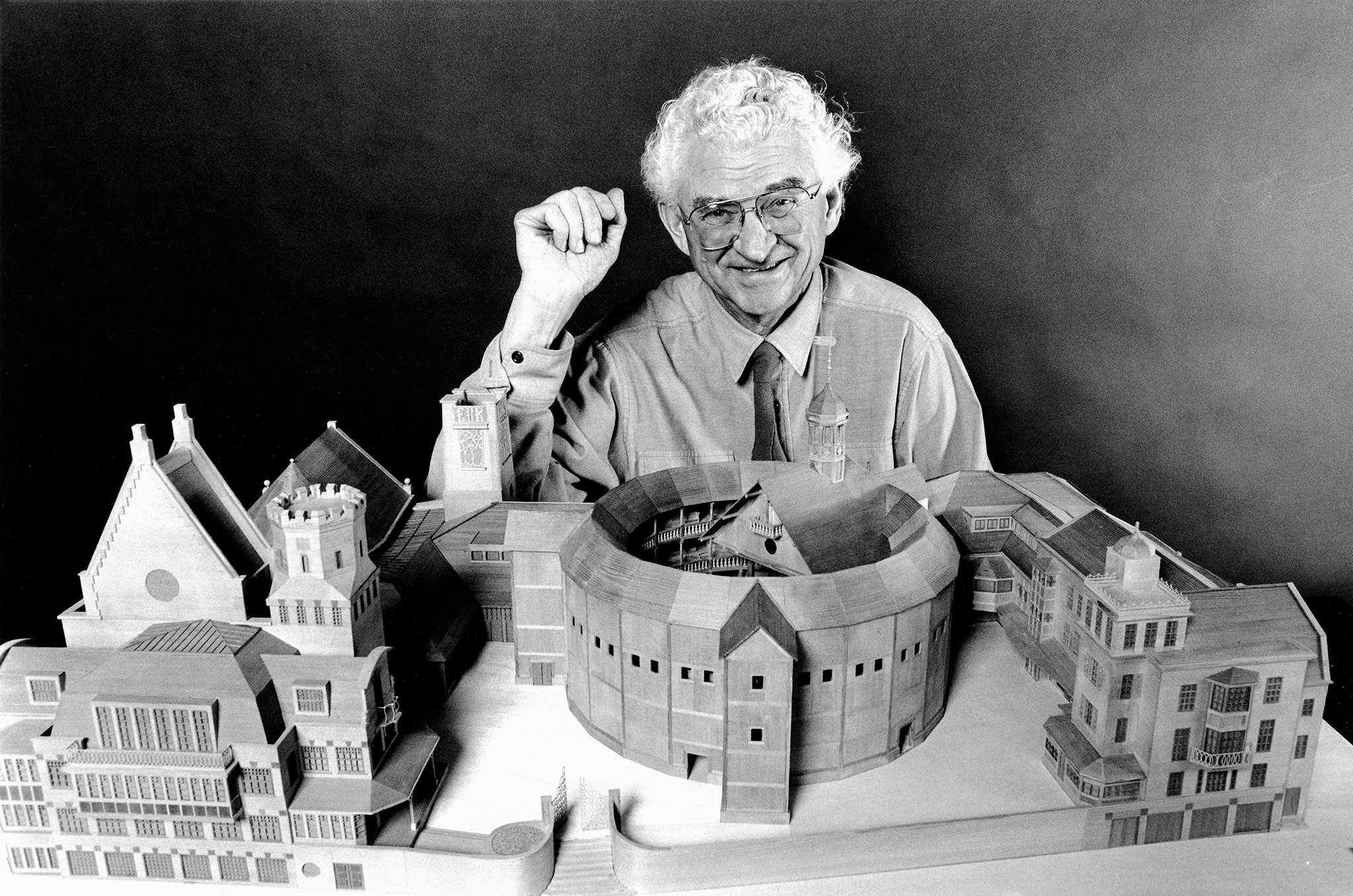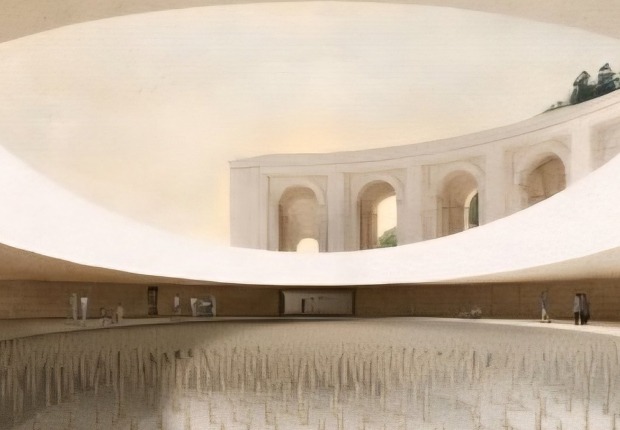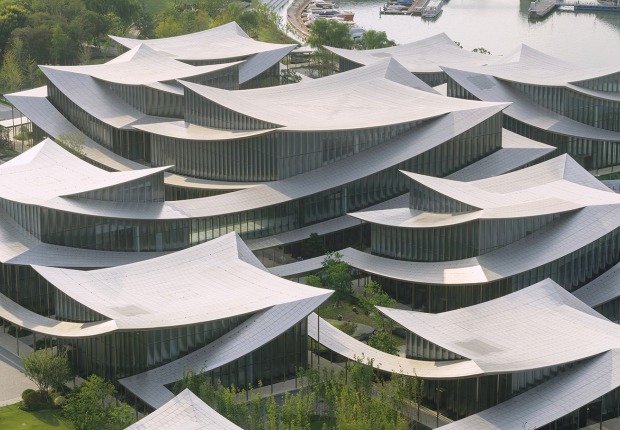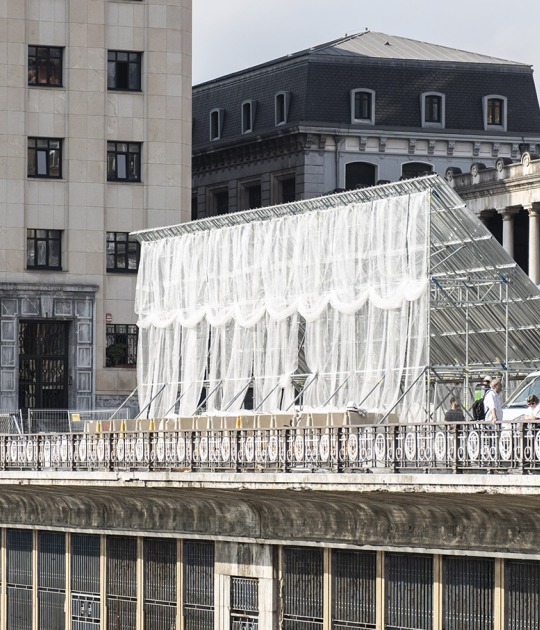“Theo Crosby: 100 Lives,” recently opened at Pentagram’s Osh Gallery, reflects the architect’s deep interest in interdisciplinary collaboration and the social function of design. Throughout his career, Theo Crosby championed a human-centered, contextual architecture that faithfully responded to the needs of its users. Beyond his professional achievements, Theo was a committed advocate for citizen participation in architecture, seeking to connect the built environment with art and community.
Highlights of the exhibition include previously unseen objects from Dido Crosby’s personal collection, rare sketchbooks from the Theo Crosby Archive at the University of Brighton, and the original model of Shakespeare’s Globe.

"Theo Crosby: 100 Lives". Photograph courtesy by Pentagram’s Osh Gallery.
Edited by Michael Bierut, “Theo Crosby: 100 Lives” is also the title of issue 51 of Pentagram Paper. Conceived as an independent work, the publication presents 100 objects, moments, and ideas that offer a unique perspective on Theo's life, interests, and work.
About Theo Crosby
Theo Crosby (1926) trained as an architect in Cape Town. In the late 1940s, he moved to London, where he quickly became a key figure in the burgeoning design scene. As technical editor of Architectural Design magazine during the 1950s, he provided an essential platform for experimental ideas. He also helped to develop the early work of the group that would become Archigram, whose radical vision challenged conventional notions of urban life.
Theo also played a pivotal role in the groundbreaking 1956 "This Is Tomorrow" exhibition at the Whitechapel Gallery, which challenged conventional boundaries between architecture, art, and design. Later, as a founding partner of Pentagram, he championed an interdisciplinary and collaborative approach that continues to influence design practice today.

Theo Crosby. "Theo Crosby: 100 Lives". Image courtesy by Pentagram’s Osh Gallery.
Alongside his work at Pentagram, he developed a wide range of projects, including exhibitions such as "How to Play the Environment Game," held at the Hayward Gallery in 1973. One of his most celebrated and impactful architectural projects is the reconstruction of Shakespeare's Globe, which was finally completed after his death in 1994.










































































